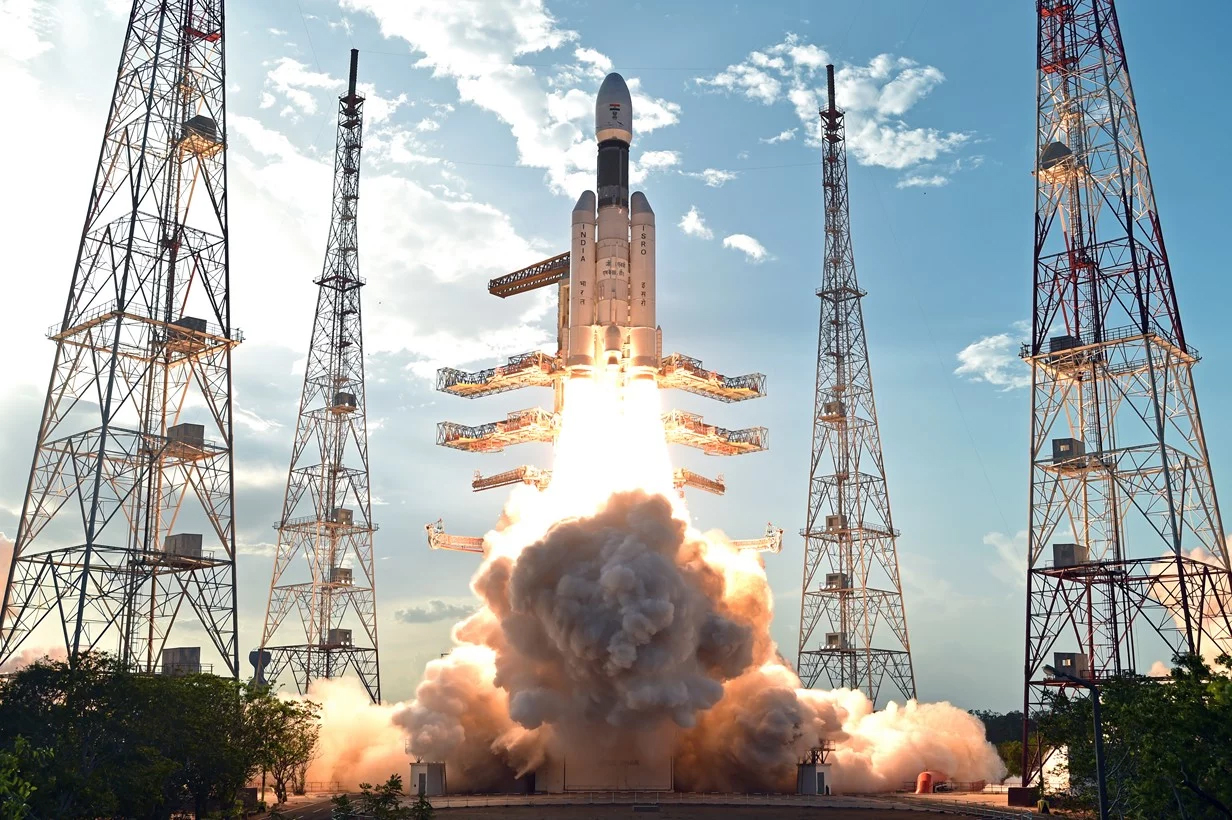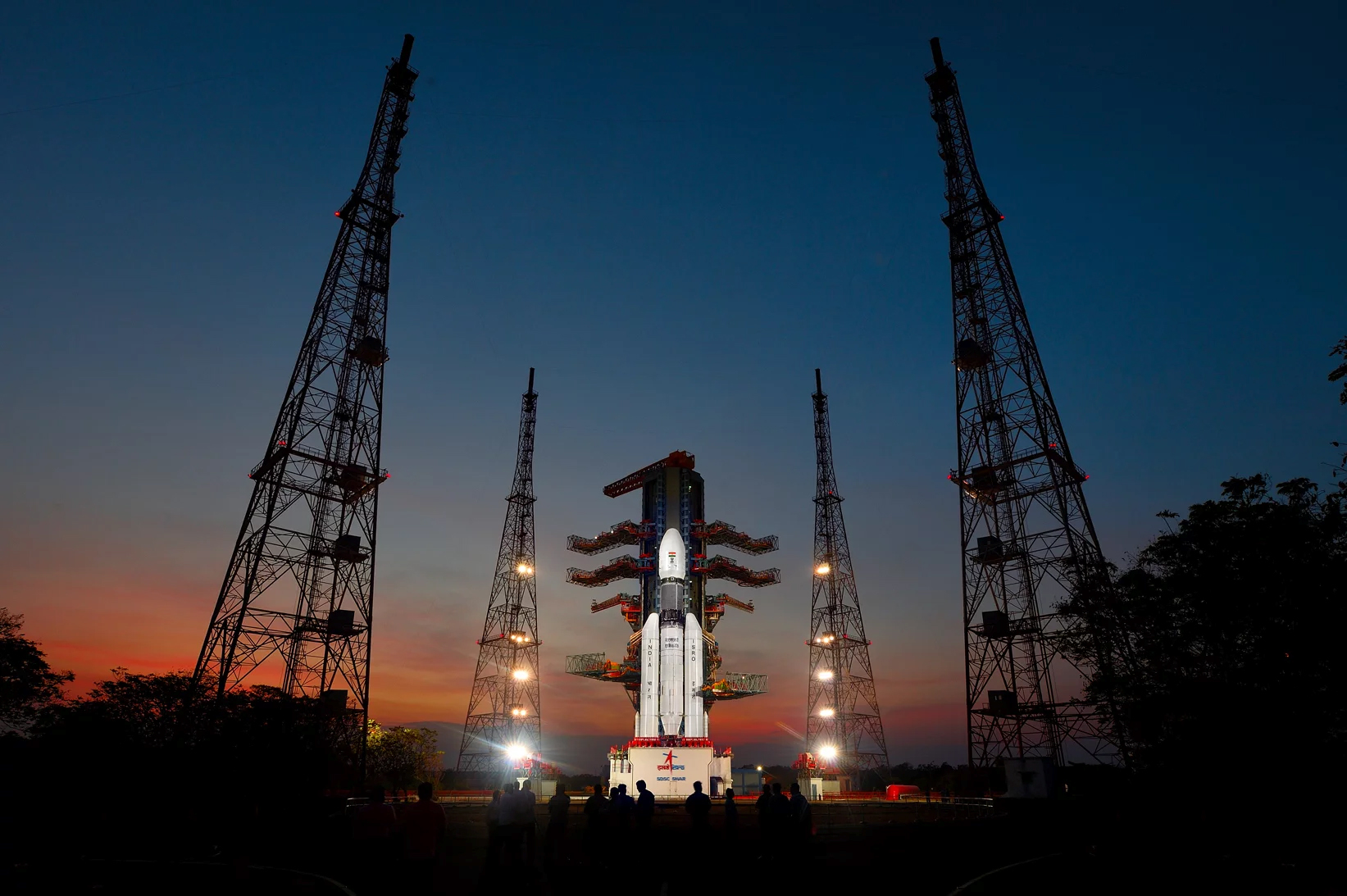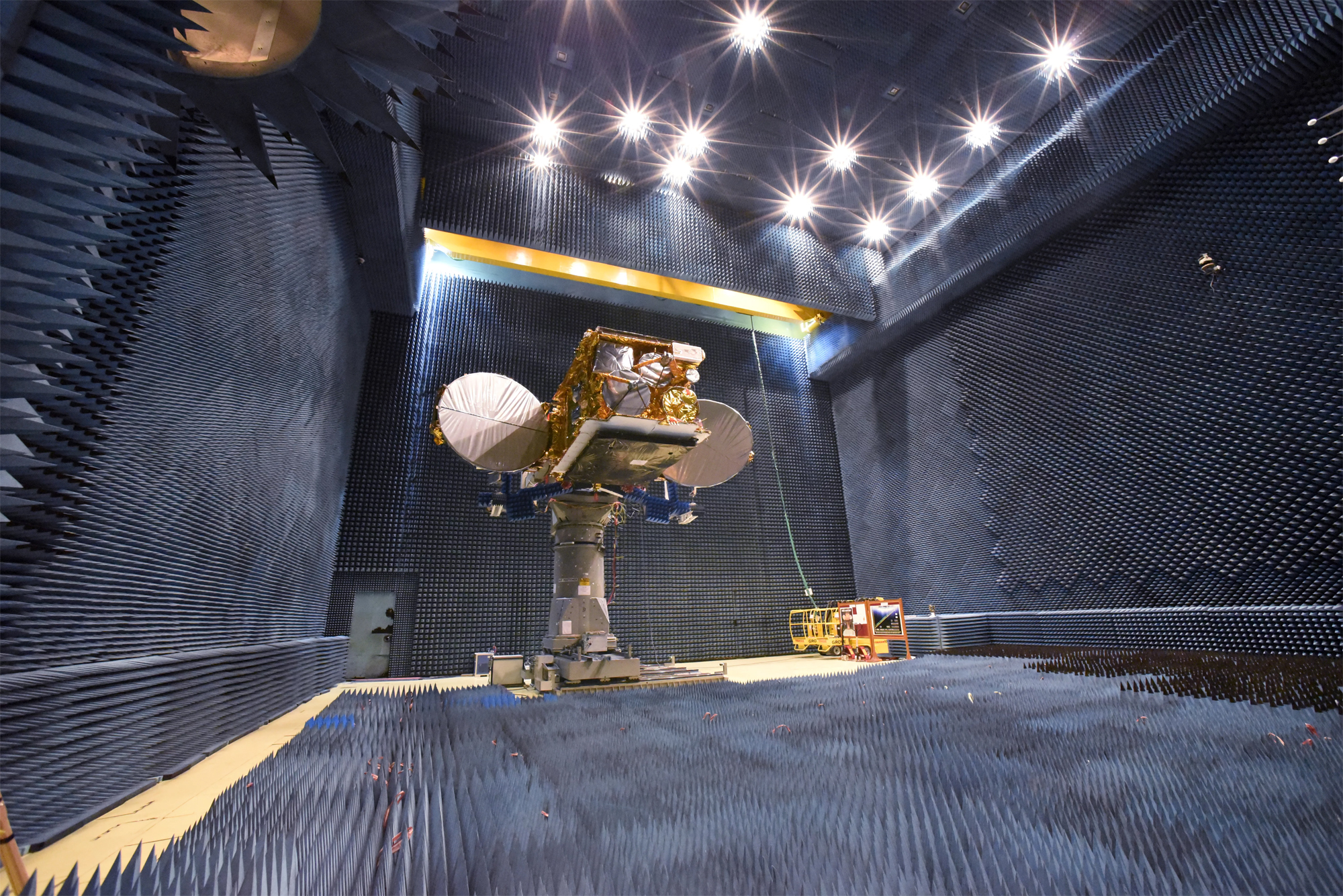India Just Launched Its Heaviest & Most Powerful Rocket Yet
The Indian Space Research Organization (ISRO) launched its most powerful and heaviest rocket yet on Monday (June 5), sending a communications satellite into orbit in a successful debut flight.
Called the Geosynchronous Satellite Launch Vehicle Mark III (GSLV MkIII), the new rocket lifted off from the Satish Dhawan Space Centre in Sriharikota, India, at 7:58 a.m. EDT (1158 GMT), successfully delivering the massive GSAT-19 communications satellite into orbit.
"Weighing 3,136 kg at lift-off [6,913 lbs.], GSAT-19 is the heaviest satellite launched from the Indian soil," ISRO officials wrote in a statement.

India's GSLV MkIII rocket is an upgraded version of the country's GSLV rocket. The new version stands 141 feet tall (43 meters) and weighs 705 tons (640 metric tons) at launch liftoff. While it is slightly shorter than its predecessor — the 160-foot (49 m) GSLV Mark II — the new version is 200 tons heavier and can deliver satellites weighing up to 8,818 lbs. (4,000 kilograms) to a geostationary transfer orbit. That's nearly double the lift capacity of its predecessor.
According to India Today, the GSLV MkIII is a heavy-lift rocket that weighs as much as 200 elephants, or five Boeing jumbo jets. It is powered by a liquid-fueled core stage, two strap-on solid rocket motors and a liquid-fueled upper stage.
"This was the first orbital mission of GSLV MkIII which was mainly intended to evaluate the vehicle performance including that of its fully indigenous cryogenic upper stage during the flight," ISRO officials said in a statement.

"It is a historic day," ISRO chairman A.S. Kiran Kumar said, India Today reported. "Both the GSLV MkIII and the GSAT-19 launch have been successful."
Get the Space.com Newsletter
Breaking space news, the latest updates on rocket launches, skywatching events and more!
In 2014, ISRO launched an experimental version of the GLSV MkIII to test a prototype of a space capsule built to carry three astronauts into space. That mission was successful, but it was a suborbital test only and not intended to reach orbit.

Monday's GSLV MkIII launch isn't the only big first for India's space program this year. In February, ISRO launched a smaller Polar Satellite Launch Vehicle packed with 104 satellites, setting a new record for the most satellites launched on a single rocket.
Email Tariq Malik at tmalik@space.com or follow him @tariqjmalik and Google+. Follow us @Spacedotcom, Facebook and Google+. Original article on Space.com.
Join our Space Forums to keep talking space on the latest missions, night sky and more! And if you have a news tip, correction or comment, let us know at: community@space.com.

Tariq is the Editor-in-Chief of Space.com and joined the team in 2001, first as an intern and staff writer, and later as an editor. He covers human spaceflight, exploration and space science, as well as skywatching and entertainment. He became Space.com's Managing Editor in 2009 and Editor-in-Chief in 2019. Before joining Space.com, Tariq was a staff reporter for The Los Angeles Times covering education and city beats in La Habra, Fullerton and Huntington Beach. In October 2022, Tariq received the Harry Kolcum Award for excellence in space reporting from the National Space Club Florida Committee. He is also an Eagle Scout (yes, he has the Space Exploration merit badge) and went to Space Camp four times as a kid and a fifth time as an adult. He has journalism degrees from the University of Southern California and New York University. You can find Tariq at Space.com and as the co-host to the This Week In Space podcast with space historian Rod Pyle on the TWiT network. To see his latest project, you can follow Tariq on Twitter @tariqjmalik.









